
On his Facebook profile Rubén Solís, 20, proudly posts a photo of his Icetur Tourist Guide certification, something his father once hoped to obtain but couldn’t due to financial difficulties.
But Rubén was able to reach this goal with the help of the Center for Culture, Education and Psychology for Infants and Adolescents, or Cepia, a nonprofit organization with more than 100 volunteers that operates on donations from private businesses in Huacas, near Tamarindo.
In addition to Rubén, Cepia has assisted more than 1,300 children, adolescents and parents from low-income families with diverse classes and emotional and psychological support.
Turning the Page
Twenty years ago, Laetitia Deweer, 37, moved with her family to Costa Rica from Belgium. On the other side of the pond she studied family education, a combination of education, social work and psychology.
Living in Huacas, Deweer quickly realized that life along the Guanacaste coast isn’t exactly as it appears on tourist postcards. She saw the problems associated with poverty, prostitution, sexual exploitation, domestic violence and dropping out of school.
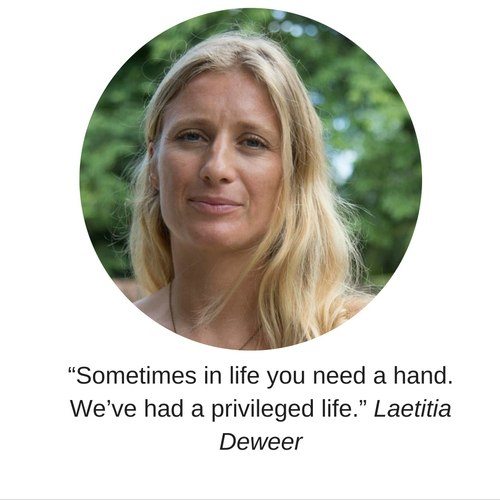
After much thought, Deweer decided to open Cepia in 2005. She rented a three-room house in Huacas for $300 and began offering classes in art, English, sports and recreational workshops for kids. She also began visiting local schools to get to know the students, their families and their needs.
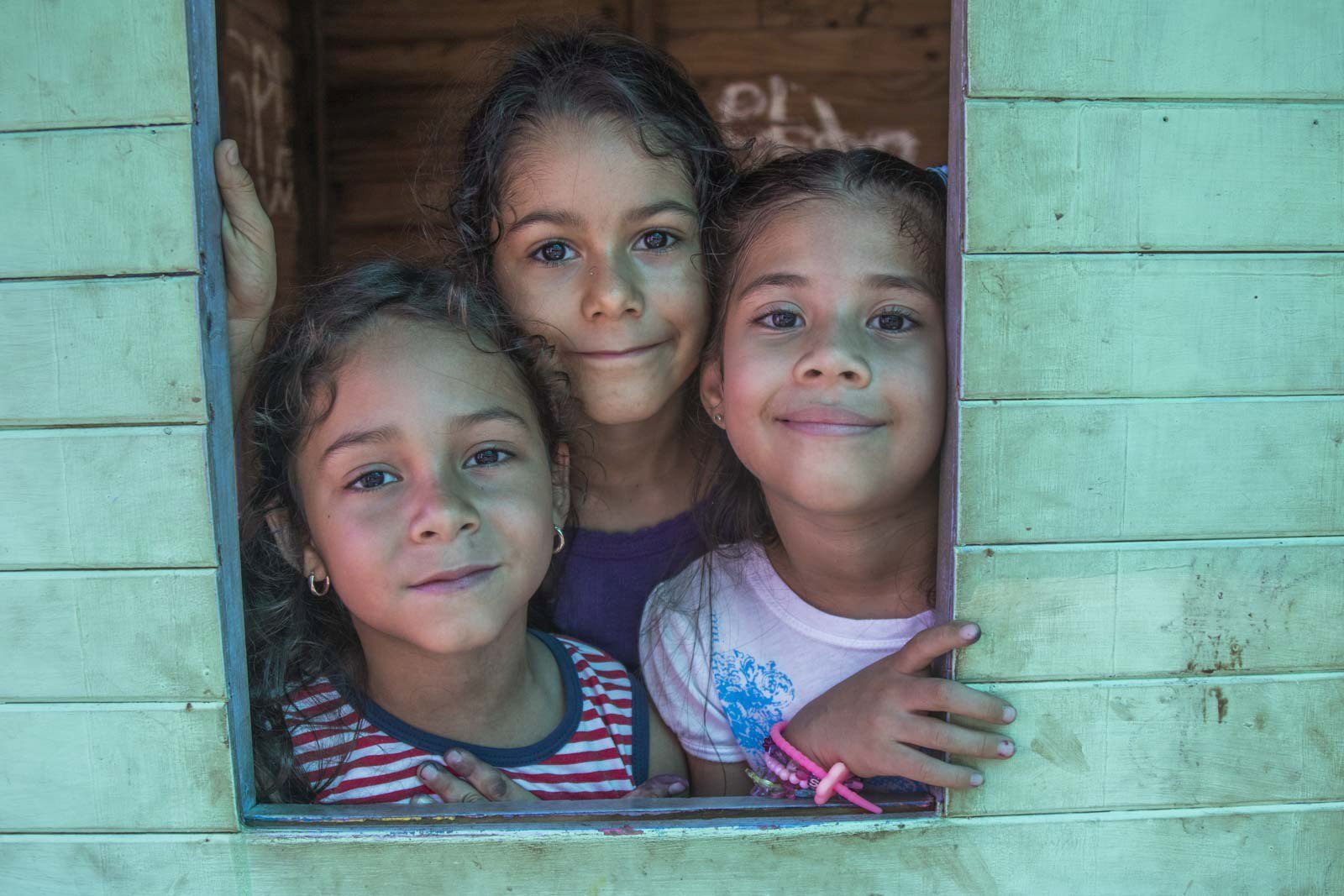
It was during one of those visits that Rubén learned of the program.
“At first they gave us art classes, but later they added more workshops. They took us on trips to the beach, but they also discussed the importance of staying in school,” he said.
As time passed and the groups grew older, Deweer began knocking on doors, contacting local hotels, businesses and investors to help fund the project.
With a donation of land from the Huacas Development Association (Asociación de Desarrollo de Huacas, in Spanish), Cepia built in 2014 the Guanacaste Integral Community Center, a two-story structure at a cost of more than ₡100 million ($185,000). The center serves 18 communities in the canton of Santa Cruz.
Despite the donations, Deweer has had to cancel some of the classes. In 2009, following the global economic crisis, she was forced to sell the organization’s microbus, and she hasn’t yet been able to buy a new one.
An Office For Some, a Home For Others
Upon entering Cepia, problems seem to stay at the gate, and children’s smiles are contagious. Several classes are held simultaneously: In one space kids make hippie-style T-shirts, while in another volunteers from Spain teach theater.
The center also has classrooms for art, a yoga studio, English instruction, computing classes in a National Training Institute classroom, and an Education Ministry space for adult high school diplomas. The NGO is partnered with the Child Welfare Office to provide psychological counseling for victims of sexual abuse and domestic violence.

Pablo Gutiérrez, 26, leads one of the youth groups. As a financial planner from the National University, Pablo works primarily with “Ninis,” a slang term for teenagers and young adults who neither work nor study. In meetings, participants discuss sex education, self-esteem, identity, schooling and good environmental practices.
“We try to have enough activities to keep them busy,” Gutiérrez says. “We insist that they stay in school. There’s a cycle we have to break.”
When parents are unable to motivate their kids, Cepia steps in. Thanks to those efforts, Rubén Solís today dreams of owning his own tourism business.
[video:https://www.youtube.com/watch?v=Z00u3FBdGqY width:500 align:center autoplay:0]


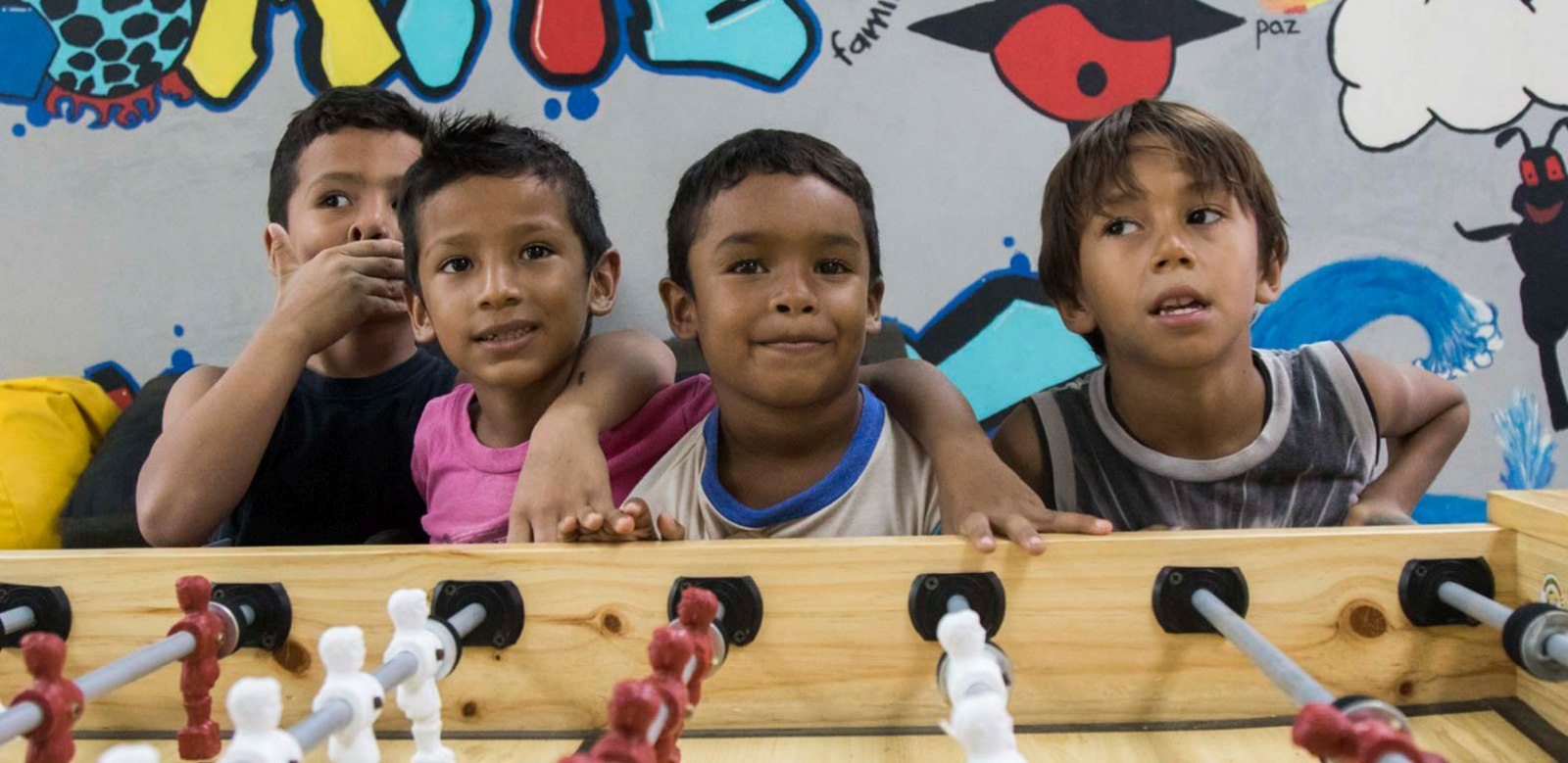
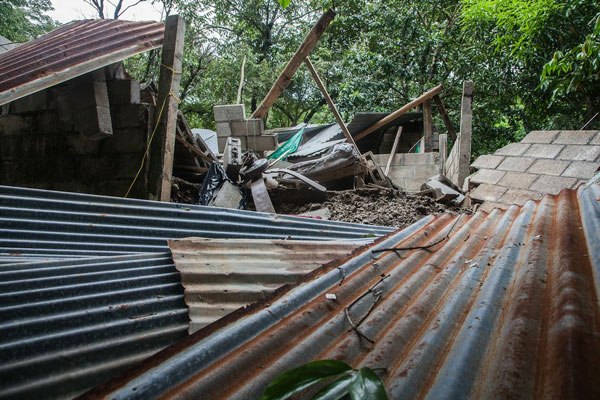
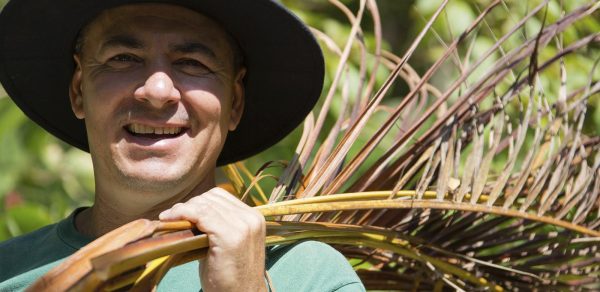
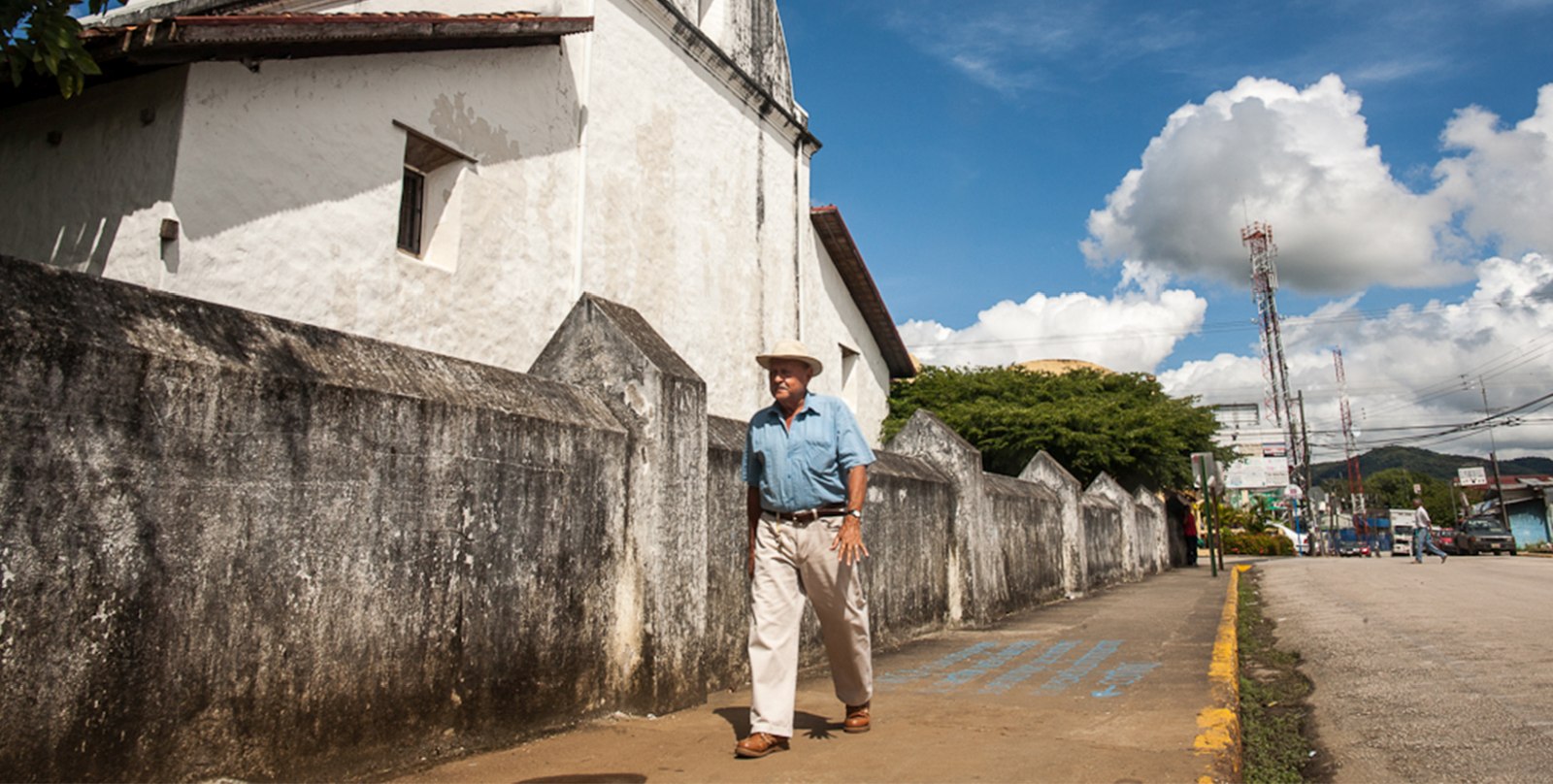

Comments